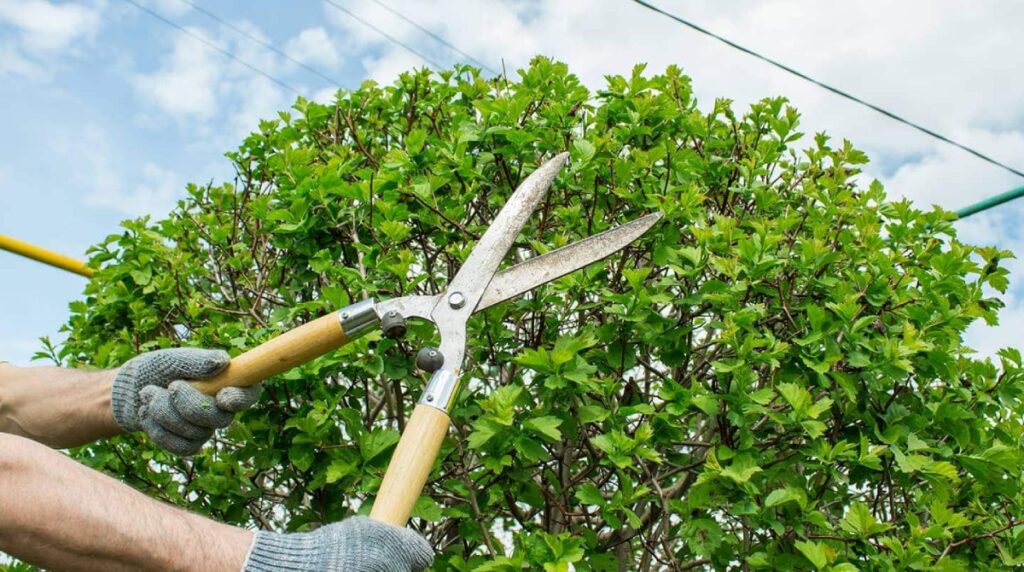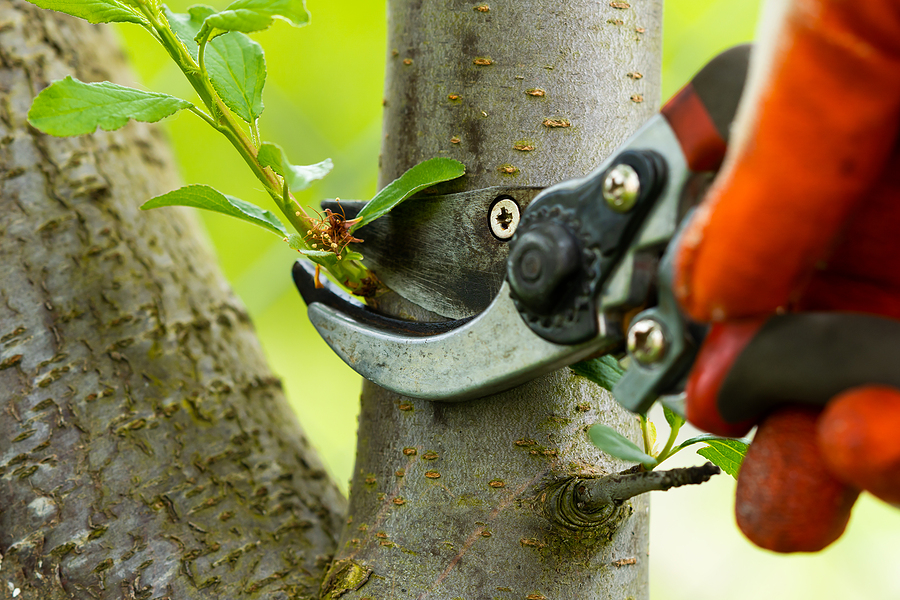Tree pruning is an essential practice for maintaining the health and aesthetics of trees. In Sydney, where the climate can be both temperate and challenging, understanding the right techniques and timing for pruning can make a significant difference in the vitality of your trees. This article offers expert advice from arborists to help you prune effectively and ensure your trees thrive.
Understanding the Importance of Tree Pruning
Pruning is not merely about keeping trees looking tidy; it plays a crucial role in their overall health. By removing dead or diseased branches with proper tree pruning tools, you can prevent the spread of pests and diseases. Furthermore, pruning encourages new growth, allowing trees to flourish and maintain their structural integrity.
Promoting Healthy Growth
When done correctly, pruning stimulates the growth of new shoots and leaves. This is particularly important for young trees that are still developing their shape and structure. By selectively removing certain branches, you can direct energy towards more vital parts of the tree, promoting a stronger, healthier plant. Additionally, pruning can help improve air circulation and sunlight penetration within the canopy, which are essential for photosynthesis and overall vitality. Trees that receive adequate light and air are less susceptible to fungal infections and other diseases, leading to a more robust ecosystem in your garden.
Enhancing Aesthetics
Well-pruned trees not only look more appealing but can also enhance the overall beauty of a garden or landscape. Proper pruning helps to maintain a balanced shape, allowing trees to complement their surroundings. This aesthetic value can also increase property value, making it a worthwhile investment. Beyond mere appearance, the strategic shaping of trees can create inviting spaces for outdoor activities, providing shade and comfort during warmer months. Moreover, well-maintained trees can serve as focal points in a garden, drawing the eye and creating a sense of harmony with the natural environment. The interplay of light and shadow created by a thoughtfully pruned tree can transform a mundane space into a tranquil retreat, inviting both relaxation and contemplation.
When to Prune Your Trees
Timing is critical when it comes to tree pruning. Different species have specific needs, and understanding the best time to prune can lead to better results. Generally, the best time to prune is during the tree’s dormant season, which is usually in late winter or early spring.
Seasonal Considerations
In Sydney, the mild winters make it possible to prune many trees without causing stress. However, some species, such as flowering trees, should be pruned immediately after they bloom to avoid cutting off next year’s flowers. Always research specific species to determine the optimal timing for pruning.
Weather Conditions
It’s also essential to consider the weather when planning a pruning session. Avoid pruning during wet or windy conditions, as this can lead to increased risk of disease and injury. A calm, dry day is ideal, ensuring a clean cut and reducing stress on the tree.
Essential Pruning Techniques
There are several techniques that arborists recommend for effective tree pruning. Understanding these methods will help ensure that you prune correctly and safely.
Thinning
Thinning involves removing select branches to improve air circulation and light penetration. This technique is particularly useful for dense canopies, as it helps reduce the risk of disease and promotes healthy growth. When thinning, focus on removing branches that are crossing or rubbing against each other.
Heading Cuts
Heading cuts involve cutting back a branch to a bud or lateral branch. This method encourages bushier growth and is often used on shrubs or young trees. However, it should be used sparingly on mature trees, as it can lead to excessive growth and weaken the tree’s structure.
Reduction Cuts
Reduction cuts are used to shorten a branch while maintaining its natural shape. This technique is beneficial for controlling the size of a tree without compromising its overall health. It’s essential to make these cuts at a lateral branch or bud to encourage new growth in the desired direction.

Tools for Effective Pruning
Having the right tools is crucial for successful pruning. Using appropriate equipment not only makes the task easier but also ensures clean cuts that promote healing.
Essential Pruning Tools
Some of the most common tools include hand pruners, loppers, and saws. Hand pruners are perfect for small branches, while loppers can handle thicker limbs. For larger trees, a pruning saw is necessary to make clean cuts. Always ensure that tools are sharp and well-maintained to avoid damaging the tree.
Safety Equipment
Safety should never be overlooked when pruning trees. Wearing gloves, safety goggles, and a hard hat is advisable, especially when working on larger trees. If using a ladder, ensure it is stable and positioned correctly to prevent accidents.
Common Mistakes to Avoid
Even experienced gardeners can make mistakes when pruning trees. Being aware of common pitfalls can help ensure that your efforts yield positive results. Visit https://harrysyard.net.au/common-pruning-mistakes-to-avoid/ to get detail about common mistakes to avoid while pruning trees.
Over-Pruning
One of the most significant mistakes is over-pruning, which can stress the tree and lead to poor health. It’s essential to prune only what is necessary and to avoid removing more than 25% of a tree’s canopy in one season. This practice helps maintain the tree’s energy reserves and overall vitality.
Improper Cuts
Making improper cuts can result in damage to the tree. Cuts should always be made at a slight angle and just above a bud or lateral branch. Avoid leaving stubs, as these can become entry points for pests and diseases.
Post-Pruning Care
After pruning, it’s vital to care for your trees properly to ensure they recover well. This involves monitoring for signs of stress and providing adequate water and nutrients.
Watering and Mulching
Pruned trees may require additional watering, particularly during dry spells. Applying mulch around the base can help retain moisture and suppress weeds. Ensure that mulch is not piled against the trunk, as this can lead to rot.
Monitoring for Pests and Diseases
After pruning, keep a close eye on the tree for any signs of pests or diseases. Early detection is crucial for effective treatment. If any issues arise, consult with a professional arborist for advice on the best course of action.
Hiring a Professional Arborist
While many homeowners can manage basic pruning tasks, hiring a professional arborist can be beneficial for larger or more complex jobs. Arborists have the training and experience to assess tree health and perform pruning safely and effectively.
Benefits of Professional Pruning
Professional arborists can provide valuable insights into the specific needs of your trees and recommend the best pruning techniques. They are also equipped with specialised tools and safety equipment, ensuring that the job is done correctly and efficiently.
See Also : How Tree Hedging Services Can Increase Your Property’s Curb Appeal
Finding a Qualified Arborist in Sydney
When searching for an arborist in Sydney, look for certified professionals with a good reputation. Check reviews and ask for references to ensure you are hiring someone with the necessary expertise. A qualified arborist will not only help with pruning but can also provide ongoing care and advice for your trees.

Conclusion
Tree pruning is a vital aspect of tree care that can significantly enhance the health and appearance of your trees. By understanding the importance of proper techniques, timing, and tools, homeowners in Sydney can ensure their trees thrive for years to come. Whether tackling the job yourself or enlisting the help of a professional, following these tips will lead to healthier, more beautiful trees.
With the right knowledge and care, pruning can be a rewarding experience that contributes positively to the local environment and enhances the beauty of your garden.

